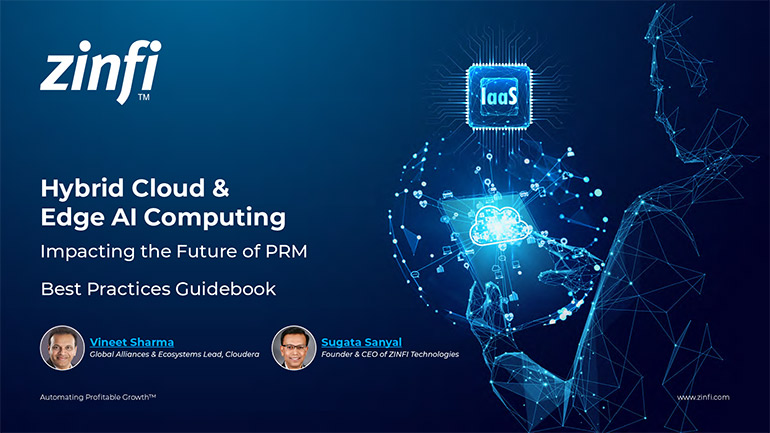Alex Richards explains why he chose the “hard path” of an ecosystem-based go-to-market strategy over traditional direct sales and marketing. He characterizes the Partner Ecosystem approach as a relationship-driven world that offers a strategic advantage by working with adjacent technologies. This collaboration allows companies to essentially “hack the path to success” rather than operating as a lone wolf, saying, “We’re the best”. For Alex, this strategy is exciting because it is go-to-market led and focuses on leveraging multiple touchpoints to drive sales, marketing, and audience improvements, moving beyond the transactional nature of purely direct sales. The Partner Ecosystem approach is viewed as a means to create a unified value proposition that is significantly stronger and more appealing to enterprise customers.
When evaluating a Partner Ecosystem, Alex insists that companies must look beyond simply generating pipeline efforts. Focusing purely on the pipeline is too narrow and misses significant opportunities for impact. A broader perspective involves leveraging partners to improve marketing activities, reach specific audiences, and build deeper integrations that enhance customer adoption. By telling a “better together story, Quantum Metric and its partners demonstrate how their combined solutions benefit customers and drive key performance indicators (KPIs), which is a much more compelling and strategic approach than just selling a single product. This strategy is particularly crucial when dealing with different geographic regions and specialized ecosystems. The effectiveness of a true Partner Ecosystem is measured by its comprehensive impact across all company functions.
The structure of Quantum Metric’s partner program is designed to support this holistic view, including both technology partners and solutions partners. The technology relationships—such as with Hyperscalers like Google and major ISVs like Adobe—are focused not just on simple integrations, but on driving Co-Sale, account mapping, and referral programs that lead to mutual sales success and customer value. On the solutions side, relationships with global system integrators (GSIs) and agencies (like Accenture and IBM) are about strategic solutioning and complementing Quantum Metric’s services. This part of the Partner Ecosystem is vital for filling service gaps in regions and verticals where a physical presence or domain expertise might be limited, ensuring comprehensive market coverage and service delivery.
